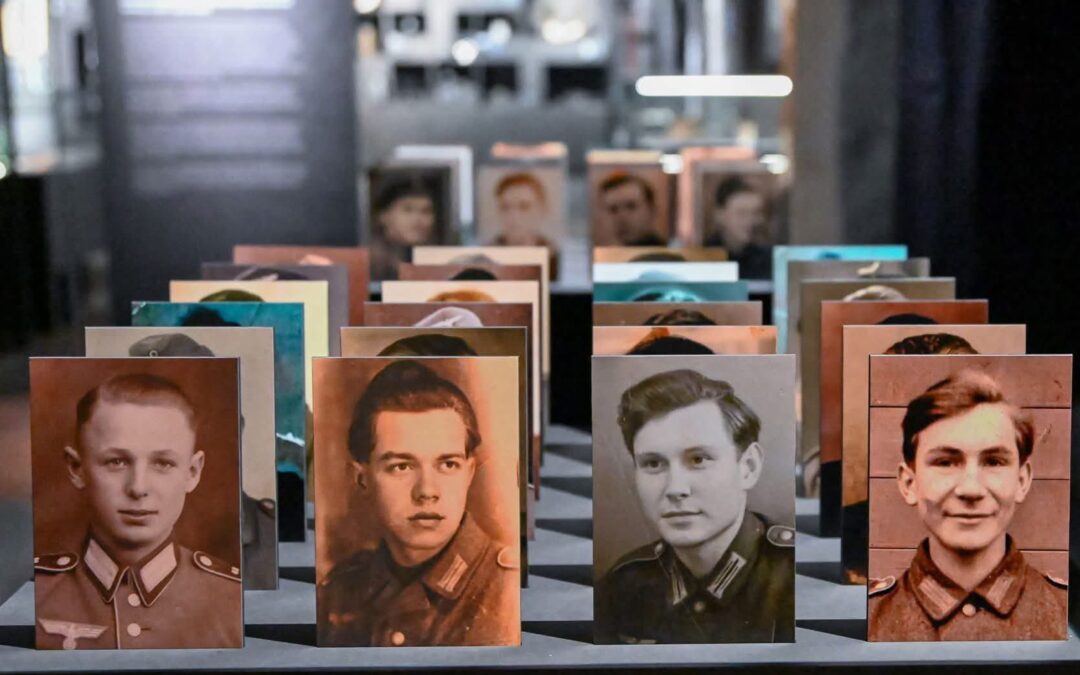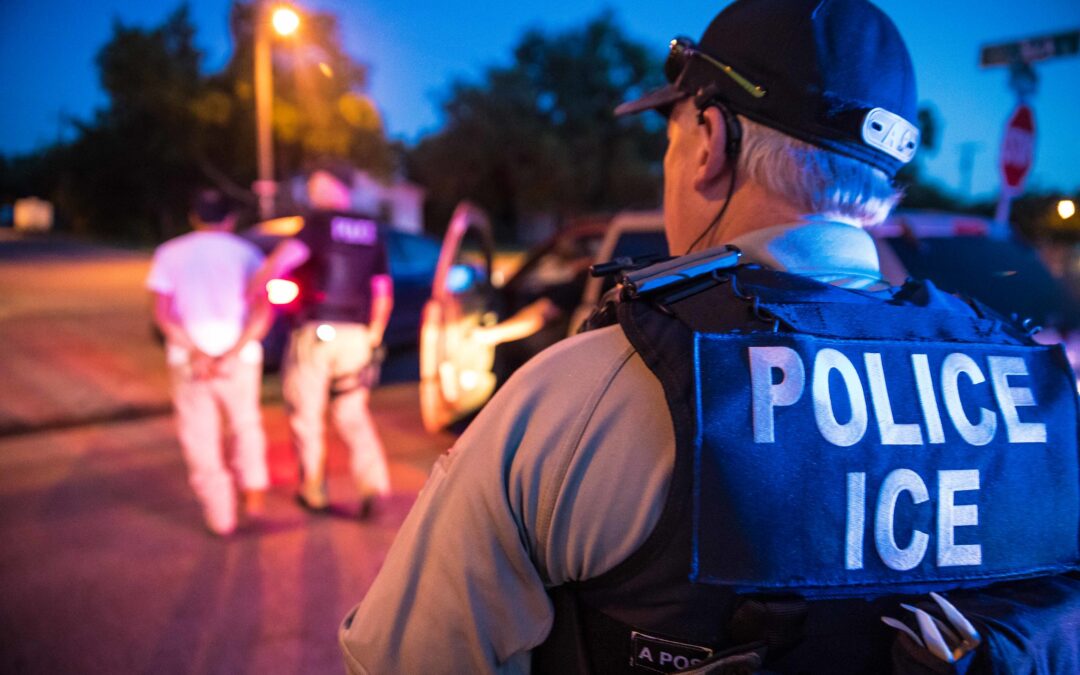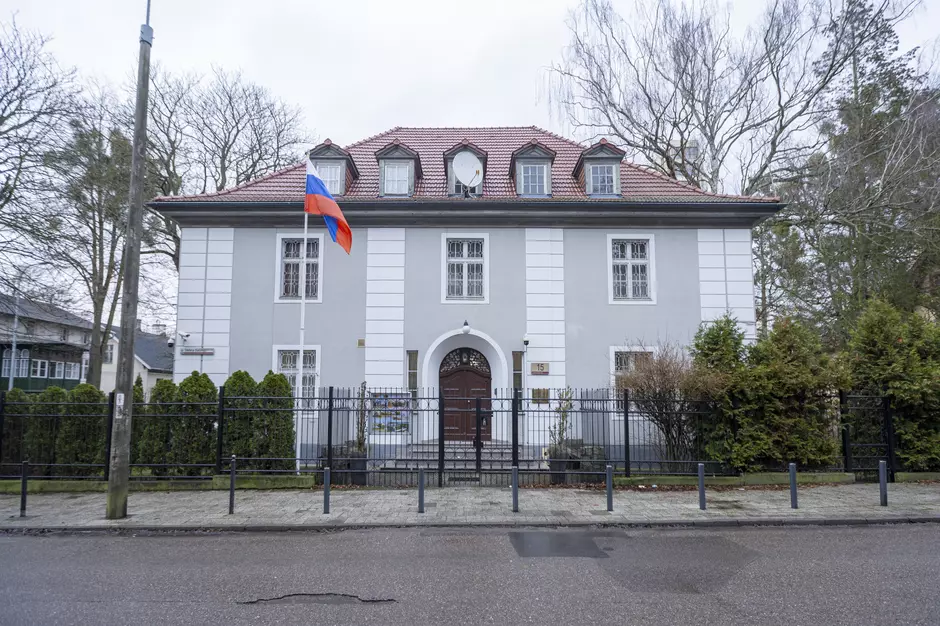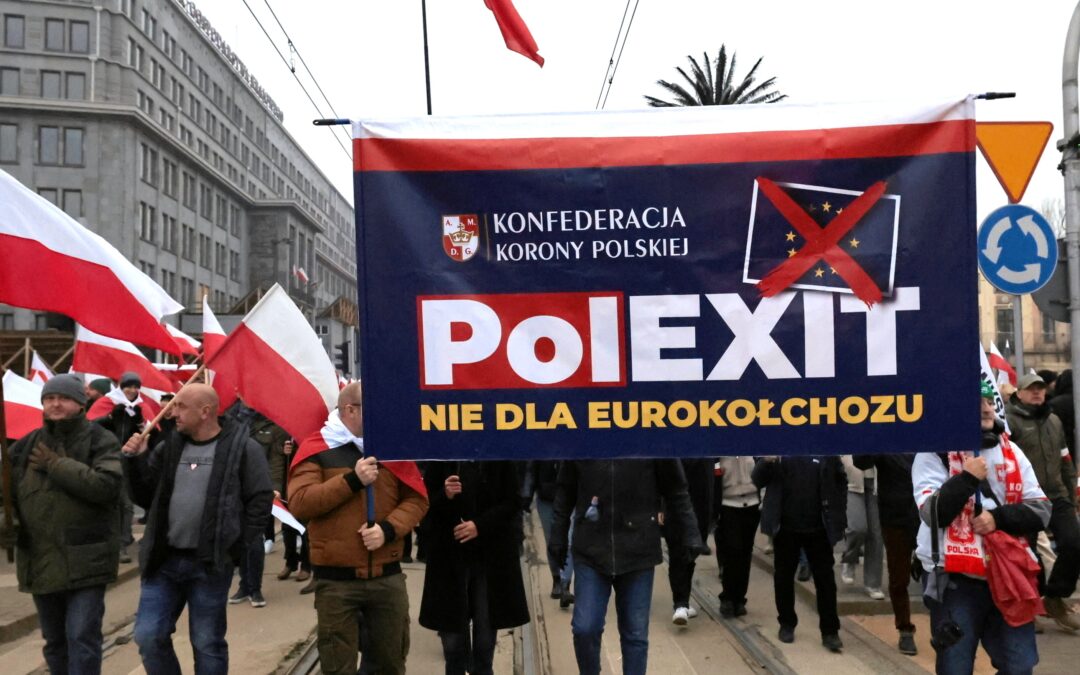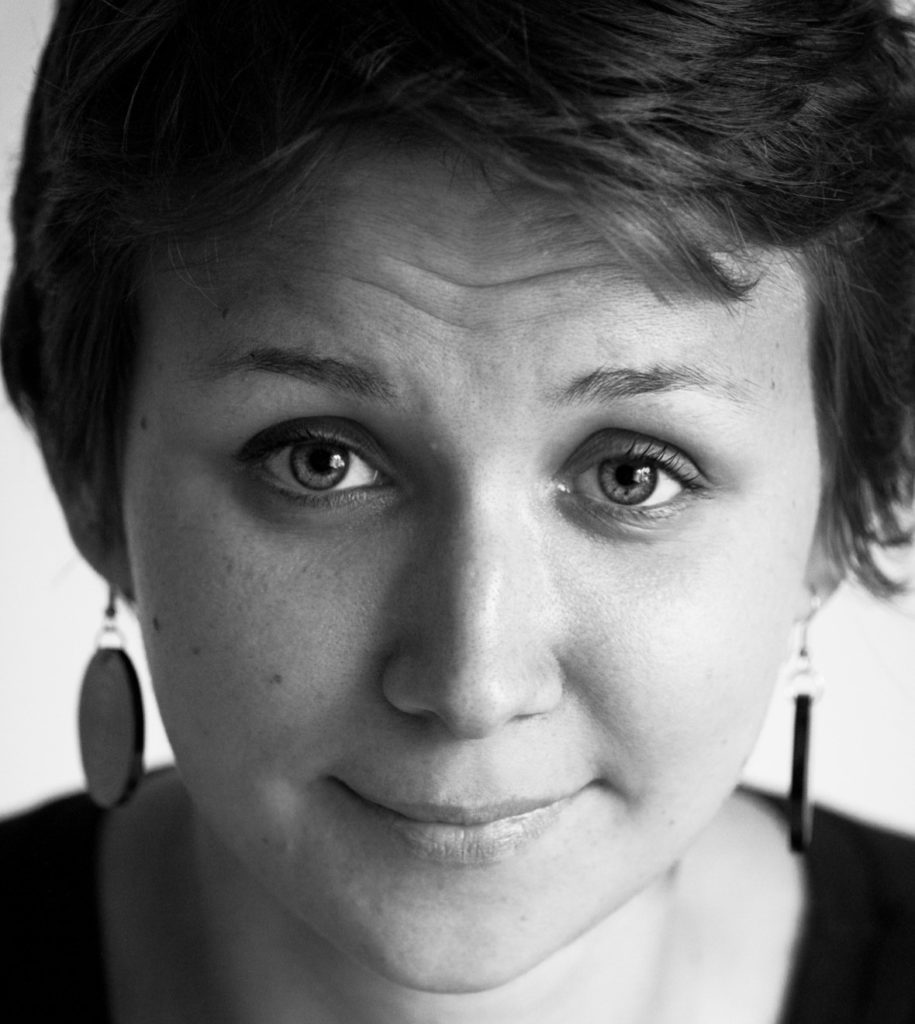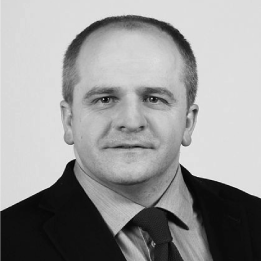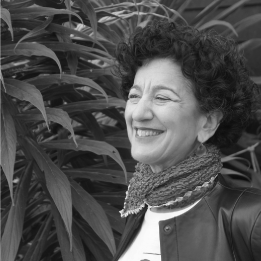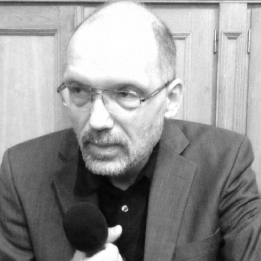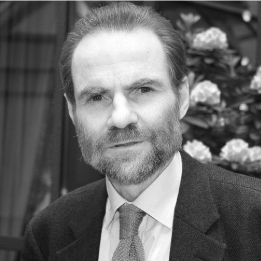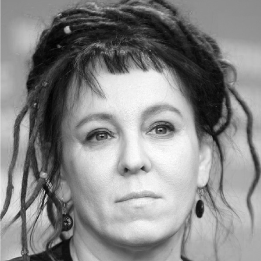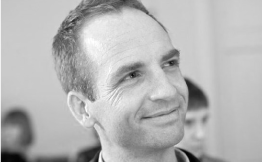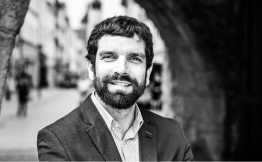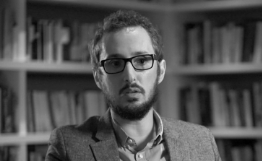Keep our news free from ads and paywalls by making a donation to support our work!

Notes from Poland is run by a small editorial team and is published by an independent, non-profit foundation that is funded through donations from our readers. We cannot do what we do without your support.
The city museum in Gdańsk has been heavily criticised – including by Poland’s president and defence minister – for organising an exhibition about local people enlisted in Hitler’s army under the title “Our Boys” (Nasi chłopcy).
“Portraying soldiers of the Third Reich as ‘ours’ is not only a historical falsehood but also a moral provocation, even if the photos of young men in the uniforms of Hitler’s army depict Poles forcibly conscripted into the German military,” wrote President Andrzej Duda.
“Poles, as a nation, were victims of German occupation and German terror, not its perpetrators or participants,” he added. “Gdańsk – the place where World War Two began – cannot be a stage for narratives that blur the responsibility of the perpetrators.”
Nie ma zgody na relatywizowanie historii!
Z oburzeniem przyjmuję informację o wystawie „Nasi chłopcy” w Muzeum Gdańska.
Przedstawianie żołnierzy III Rzeszy jako „naszych” to nie tylko fałsz historyczny, to moralna prowokacja, nawet jeśli zdjęcia młodych mężczyzn w mundurach…
— Andrzej Duda (@AndrzejDuda) July 14, 2025
The exhibition in question opened on Saturday in Gdańsk city hall, organised by the Museum of Gdańsk in collaboration with the Museum of the Second World War in Gdańsk and the Polish Academy of Sciences. All three are state institutions.
“Our Boys” is billed as the first exhibition devoted to telling the story of residents of the Pomerania region around Gdańsk who were enlisted into the German army, the Wehrmacht, during the occupation of World War Two.
“This is a story about generations growing up in the shadow of silence, about descendants who today try to understand the decisions of their grandparents and great-grandparents,” said curator Andrzej Hoja.
Gdańsk’s municipal website says the exhibition seeks to “explain rather than judge”. It also notes that the title “is not a metaphor” but was chosen “consciously”.
Może jacyś chłopcy od Dulkiewicz i jej kolegów służyli Hitlerowi, ale nasi nie!
To jest niebywały poziom zidiocenia i zdrady sprawy polskiej. Tytuł tej wystawy jest obrzydliwy, mylący i bulwersujący. Zróbcie jeszcze wystawę „Nasi chłopcy w NKWD. Losy mieszkańców I… pic.twitter.com/M6MmyD0yp8— Tobiasz Bocheński (@TABochenski) July 14, 2025
Pomerania is a historic region that runs along the southern shore of the Baltic Sea in what is today Germany and Poland. In the interwar period, parts of it were in Nazi Germany, some were in Poland, and Gdańsk itself was then the Free City of Danzig.
Following the German invasion of Poland in September 1939, Danzig and Polish Pomerania were annexed by Germany. Subsequently, “tens of thousands of Pomerania residents were – mostly under duress – conscripted into the army of the Third Reich”, notes Gdańsk city hall.
The region, like other parts of German-occupied Poland, also saw elements of the local population brutally persecuted and often killed, in particular Jews but also ethnic Poles, many of whom were sent to concentration camps.
The opening of the new exhibition – and in particular its title – quickly drew criticism, especially from the national-conservative Law and Justice (PiS), Poland’s main opposition party.
“Maybe some of [Aleksandra] Dulkiewicz and her colleagues’ boys served Hitler, but ours didn’t!” tweeted deputy PiS leader Tobiasz Bocheński, referring to the mayor of Gdańsk, who is aligned with the national ruling coalition. “This is an incredible level of idiocy and betrayal of the Polish cause.”
This “is a blatant implementation of the German narrative”, added the head of PiS’s parliamentary caucus, Mariusz Błaszczak. “‘Our boys’ defended Poland and died by German guns; they did not put on Wehrmacht or SS uniforms.”
The criticism was even joined by deputy prime minister and defence minister Władysław Kosiniuk-Kamysz, who said that the exhibition “does not serve Polish memory politics”. He added that it is Poland’s “heroes…[who] defended the homeland against Nazi Germany who deserve exhibitions”.
Wystawa w Muzeum Gdańska „Nasi chłopcy” dotycząca mieszkańców Pomorza Gdańskiego służących w armii III Rzeszy nie służy polskiej polityce pamięci. Nasi chłopcy, żołnierze i cywile, Polacy, bronili Ojczyzny🇵🇱 przed nazistowskimi Niemcami do ostatniej kropli krwi. To oni są…
— Władysław Kosiniak-Kamysz (@KosiniakKamysz) July 14, 2025
However, the culture ministry came to the defence of “Our Boys”, issuing a statement accusing critics of spreading “disinformation”.
By “shedding light on the fates of tens of thousands of Poles forcibly conscripted into the Wehrmacht, the exhibition…restores the memory of Poles whose agency was violently taken away and who were forgotten for decades”.
“The mission of institutions like museums is to present history thoroughly and comprehensively, often addressing difficult and previously silenced topics,” added the ministry. “The past should be, and is, narrated by Polish cultural institutions in a reliable manner, not one that exploits convenient political narratives.”
The Gdańsk museum itself, meanwhile, said that “accusations of alleged ‘glorification’ are unfair and often stem from a lack of familiarity with the exhibition”. It invited people to come and see “Our Boys” – which runs until May 2026 – for themselves.
Stop dezinformacji w social mediach!
Wystawa „Nasi chłopcy” prezentowana przez Muzeum Gdańska przywraca pamięć o Polakach, którym podmiotowość została przemocą odebrana, i o których na całe dekady zapomniano. Wystawa przybliża losy dziesiątków tysięcy Polaków, przymusem…
— Ministerstwo Kultury i Dziedzictwa Narodowego (@kultura_gov_pl) July 14, 2025
Poland suffered enormously under six years of Nazi-German occupation. Almost six million Polish civilians – around half of them Jews – are estimated to have died. That represented 17% of Poland’s pre-war population, which is the highest proportional death toll of any country during the war.
After its initial invasion, Germany began enlisting members of Poland’s ethnic German minority into its armed forces. Later, as the war turned against Hitler, it also forcibly conscripted ethnic Poles – probably hundreds of thousands in total.
Many, however, later defected to the advancing Polish Armed Forces in the west and fought against Nazi Germany.
Traitor or legend? How one Poland’s greatest footballers ended up playing for Nazi Germany https://t.co/mJHWoLW2V6
— Notes from Poland 🇵🇱 (@notesfrompoland) January 7, 2025

Notes from Poland is run by a small editorial team and published by an independent, non-profit foundation that is funded through donations from our readers. We cannot do what we do without your support.
Main image credit: press materials

Daniel Tilles is editor-in-chief of Notes from Poland. He has written on Polish affairs for a wide range of publications, including Foreign Policy, POLITICO Europe, EUobserver and Dziennik Gazeta Prawna.
